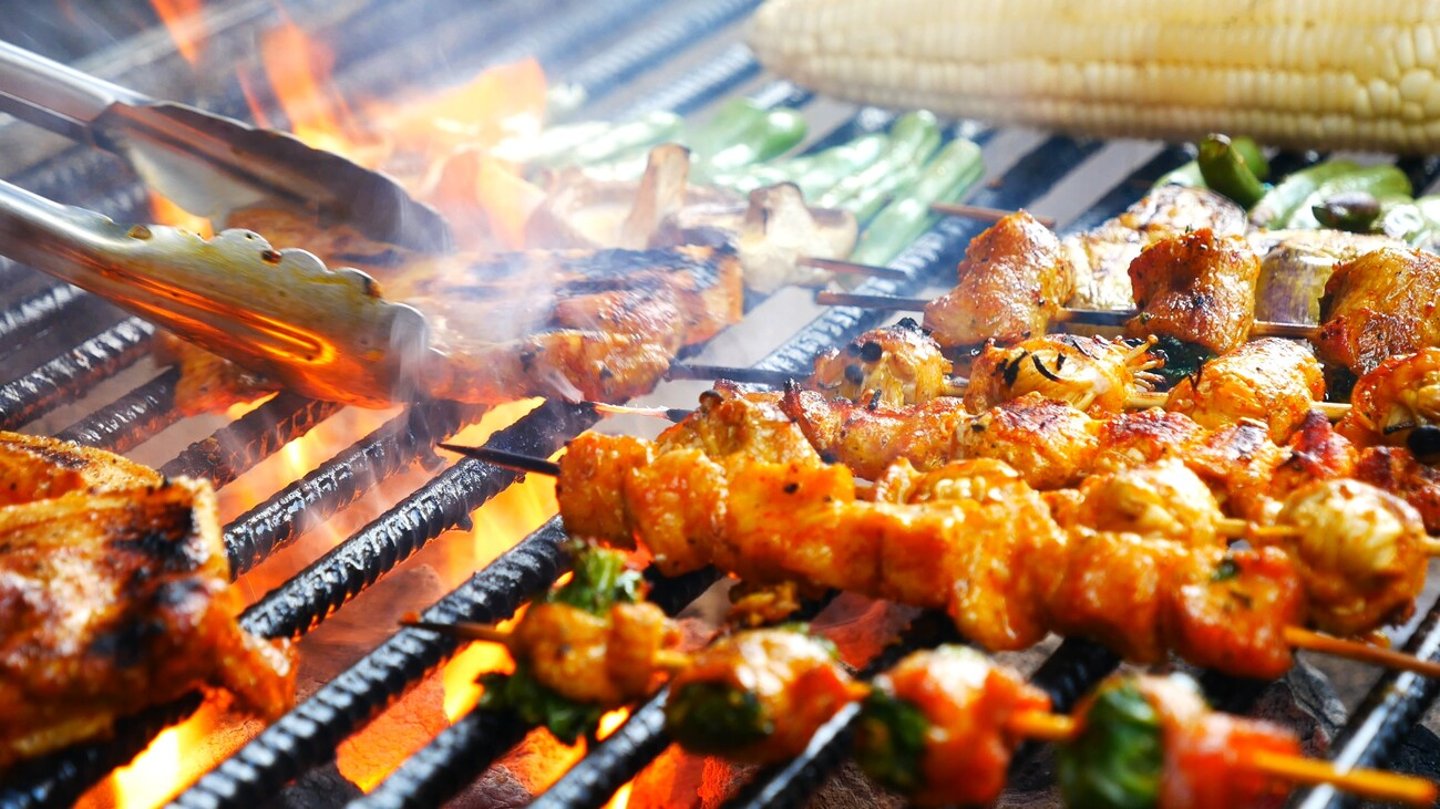Where’s the beef? Priced out of the Canadian grill
With summer weather finally settling in, Canadians are returning to a familiar ritual—firing up the barbecue. But as they approach the meat counter in search of steaks and burgers, many are encountering a far less familiar reality: shockingly high prices. This year, the meat aisle has become a case study in supply-side economics and market dysfunction.
Since January, according to Statistics Canada, beef prices have surged at an alarming pace. Striploin is up 34.2%, top sirloin 33.7%, and rib cuts nearly 12%. Pork rib cuts and chicken breasts have each risen 5.9%, and even meatless burger patties are 6.8% more expensive. While all proteins in the so-called “meat trifecta” have climbed, beef leads the charge—by a wide margin.
READ: How grocers can spark sales growth this grilling season
Behind these increases lies a sobering trend. Canada’s beef cow inventory has dropped to just 3.38 million head—the lowest since 1989. That’s a 1.2% decrease from last year, signaling more than just cyclical decline. Many cattle producers are exiting the industry while prices are favourable, opting to reinvest in less volatile sectors or shift entirely to crop production. In short, the Canadian beef industry is retreating and becoming increasingly risk-averse.
South of the border, the U.S. is seeing a similar trend—but far less severe. According to the USDA, the American beef cow herd declined just 0.5% to 27.9 million head. And that gap shows up in retail prices. Over the past year, U.S. boneless sirloin steak rose just 5.7%, compared to a staggering 22% in Canada. Ground beef increased 10.8% in the U.S., but by 23% here at home. Beef inflation is simply hitting Canadians harder.
Other than a shrinking herd, there are several other contributing factors: Canada’s expansive geography, higher transportation costs, a limited number of federally licensed beef processors, carbon pricing, and higher labour costs all compound the problem. Regulations and logistical inefficiencies are more burdensome in Canada, driving up prices for retailers—and ultimately consumers.
But there’s another possibility we can’t afford to ignore: potential collusion within the industry. In the United States, the federal government has shown little tolerance for anti-competitive behaviour in the meat sector. Under President Joe Biden, the White House launched a 2022 investigation into price fixing among major meat packers—JBS, Tyson Foods, Cargill, and National Beef. That investigation has since resulted in several high-profile settlements, including an $83.5 million USD payout by JBS in February. The Canadian Competition Bureau, by contrast, has remained largely silent on similar concerns. Perhaps it’s time for that to change.
READ: As prices rise and tastes change, grocers must innovate to keep meat sales sizzling
The consequences are already visible. According to IBIS World, Canadian per capita beef consumption fell by 7.1% in 2023 and another 2.1% in 2024. This is no longer just a matter of shifting dietary preferences—it’s a structural shift in consumer behaviour. Beef is increasingly seen as a luxury item, with ground beef becoming the primary choice for budget-conscious households still committed to red meat.
That’s unfortunate. Beef remains one of the most natural, authentic, and sustainable sources of protein available to Canadians. Canadian ranchers and processors have made significant strides in improving environmental stewardship and animal welfare, often without fanfare. As a whole, beef delivers exceptional nutritional value, supports rural economies, and offers a level of traceability and food safety few protein alternatives can match.
For many Canadian families, a summer steak on the grill is starting to feel more like a splurge than a staple. Consumers will continue to enjoy beef—but with moderation, and on occasions that justify the cost.
Barbecue season hasn’t disappeared. But for many, it’s starting to look a little different: more sausages, more chicken, and less striploin. A shame, really—for a product that offers so much more than just taste.






